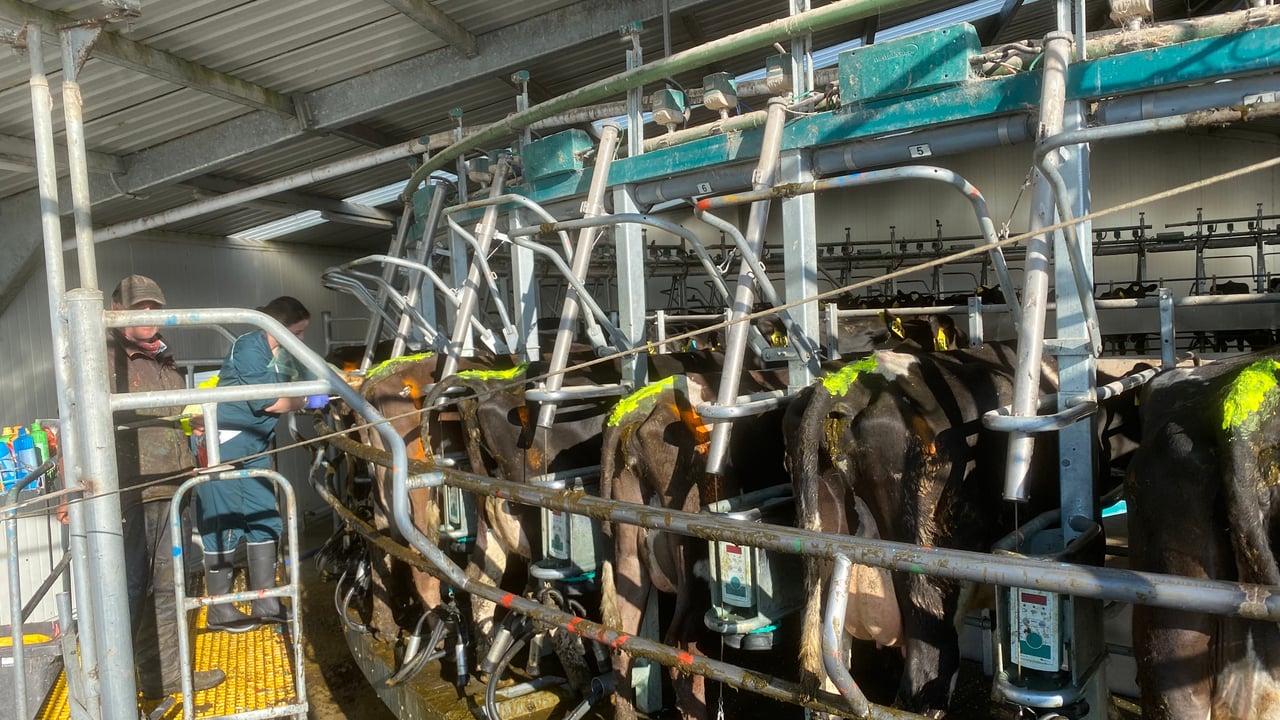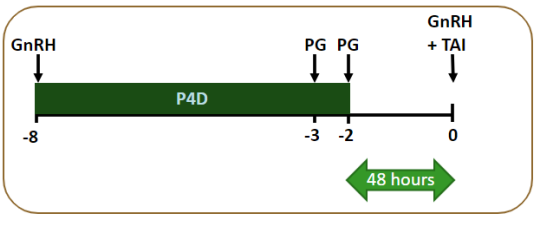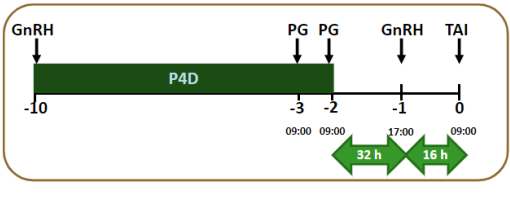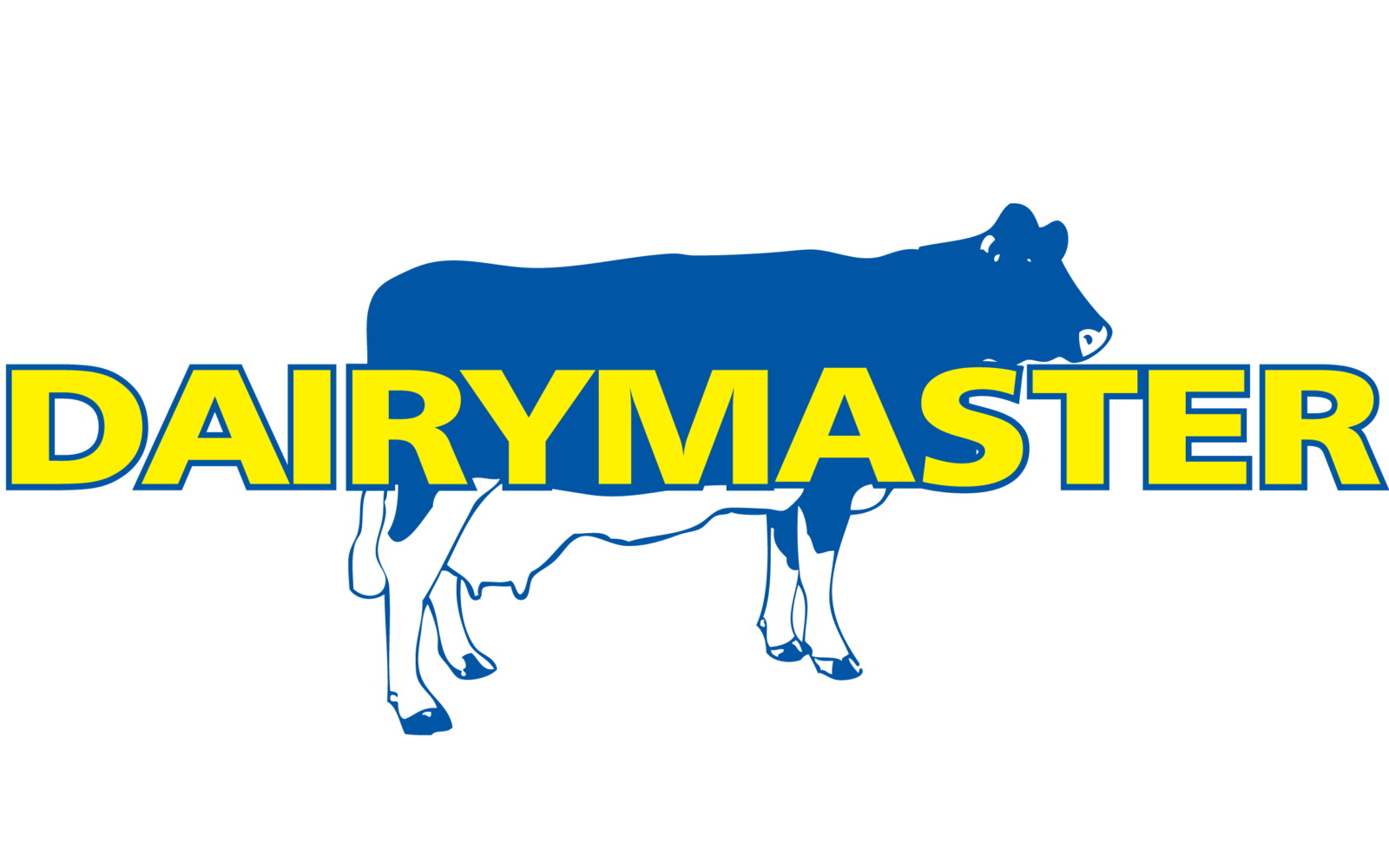Synchronisation to mitigate missed heats and poor AI timing
As we enter into the breeding season, a synchronisation programme for your heifers and even a proportion of your cows should be considered.
A synchronisation programme will limit any missed heats and ensure that the cow or heifer is inseminated at the correct stage of their heat, which gives the animal the best chance of going in-calf.
Synchronisation programmes have become a lot more popular in recent years, especially for heifers and for cows to a lesser degree, due to the control it offers in terms of timing of artificial insemination (AI) for sexed semen in particular.
The beauty of synchronising is that it allows for insemination to take place during the right window instead and mitigates the guessing around when the onset of heat first occurred.
No doubt, it is an expensive process, however, a Moorepark study has found that milk revenue in the subsequent lactation is greatest when synchronisation is used and cows selected for sexed are served on mating start date (MSD) due to greater days in milk overall.
The cost of a synchronisation programme could cost a farmer about €25-30/cow plus a vet call-out cost if needed, but the benefits of it outdo the cost.
With the recent surge in sexed semen uptake in the last couple of years, farmers have experienced poor conception rates with their herd of cows, as many treat the product like a conventional straw.
Sexed semen is a tampered product and, to achieve the same conception rates as conventional can be tough, but if it handled correctly and administered in the correct manner, conception rates can nearly match that of conventional.
The timing of insemination is paramount to the successful conception of sexed semen - it should ideally be used in the first three weeks of the breeding season or within the first 10 days, if possible.
Timing of AI is more critical for sexed semen compared to conventional and, for maximum success, AI with sexed semen should take place 14-20 hours after the onset of heat.
For a lot of farmers, this timing can be hard to get right and conception rates are affected as a result, and so a synchronisation programme can help solve this issue and eliminate the factor of poor timing.
Before you make a decision, get in touch with your technician to see their availability and once a time and date is agreed, then a programme can be set out.
For farmers without collars or heat detection devices, it can be very difficult to pin-point the first onset of heat.
This challenge can be overcome by using fixed-time AI as, even though the initial cost of approximately €25-30/animal is often seen as prohibitive, it is counterbalanced by the compact calving and having cows more days in milk.
If you get a cow back in calf on the first few days of the breeding season, then she is going to be in milk earlier in the following lactation.
For instance, if you get a cow back in calf 10 days earlier than her usual oestrus cycle, a cow giving 20L/day at a milk price of 55c/L will earn the farmer €110 over those 10 days that she is in milk.
In extreme cases where a cow is missed or a straw is wasted on a cow due to poor timing, it would take the farmer another 21-23 days to have another chance at putting her back in calf, which means an extra 21-23 days without her milk in early spring or early autumn.
At a milk price of 55c/L, for a cow giving 20L/day in early lactation, this would mean a loss of €231 if she slipped to her following oestrus cycle.
While €231 might not seem like a lot, that’s only for one cow. If 10 cows are missed or their timing is poor, the farmer could lose out on €2,310 on milk sales in the early lactation.
The following options are available: PG: Prostaglandin Injection; GnRH: Injection of Receptal, Ovarelin or Acegon; T. A.I: Timed AI.
The following fixed-time AI eight-day protocol is recommended for dairy replacement heifers:
In order for fixed-time AI protocol to be successful, it is critically important that all interventions take place on the appropriate days and at the correct times.
The timing of injections is crucial and they need to take place at their nominated times, not two hours later or two hours before because it suits your schedule.
The purpose of fixed time AI is that you are trying to control the oestrus cycle and therefore any change in the times weakens the control.
Another common mistake is giving the wrong injection on the wrong day, so triple check you have the right one before doing anything as any mistake can be costly.
The following 10-day fixed time AI protocol for dairy cows is recommended:
Any errors or non-compliance with the protocol can severely impact the fertility of the animal at the time of insemination, and so careful planning and organisation of the protocol is critical to its success.
It is advised to AI the first round of repeats as if you take a 60% conception to first service and 25 heifers were served initially, 10 repeats will occur.
These heats will occur over a 4-6 day window from 18-24 days post insemination. Leaving a young bull to mop up 10 heifers in such a short space of time is unrealistic as he will be under serious pressure to get them all in calf.
So, the best practice is to AI the repeats to reduce the workload of the bull to a more manageable level in the subsequent round of repeats.
Coming up to breeding, it's important to note that the interval from mating start date to first insemination can be shortened by using a synchronisation programme.
The use of synchrony treatments can also be targeted at anoestrous cows and late-calving cows to advance the time of re-breeding after calving.
The beneficial effects on subsequent calving pattern and the subsequent extra income will be maximised through early intervention.
Remember, fixed-time AI eliminates any of the risk involved with sexed semen. It will ensure all sexed semen is used at the start of the breeding season, and mitigate any risk of reduced conception rate impacting on six-week calving rate the following season.







